Exploring UNESCO World Heritage Sites offers a glimpse into the most remarkable places on Earth, each with its unique cultural, historical, or natural significance. From ancient ruins and architectural marvels to breathtaking landscapes and vibrant ecosystems, these sites are treasures that reflect the diverse heritage of humanity. Here, we highlight 19 fascinating UNESCO World Heritage Sites, showcasing their captivating stories and the reasons they stand out as global landmarks.
Machu Picchu, Peru
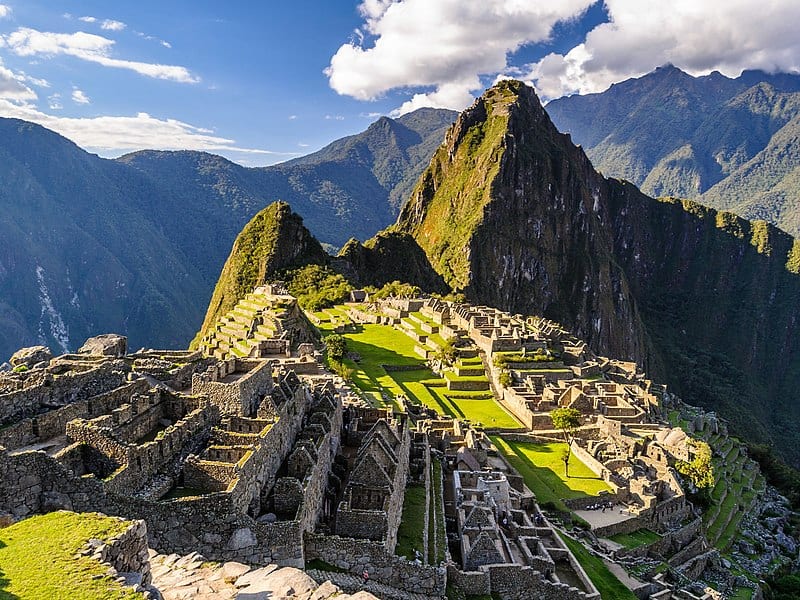
Machu Picchu, an ancient Incan city perched high in the Andes Mountains, mesmerizes visitors with its breathtaking scenery and rich history. Built in the 15th century, it showcases the Incas’ remarkable architectural and engineering prowess. The site includes temples, terraces, and aqueducts that harmoniously blend into the surrounding landscape. Rediscovered in 1911 by Hiram Bingham, Machu Picchu has since become one of the world’s most iconic archaeological sites. The mist-covered mountains and lush greenery create a mystical atmosphere that captivates all who visit.
Great Barrier Reef, Australia

The Great Barrier Reef, the world’s largest coral reef system, stretches over 2,300 kilometers along the northeast coast of Australia. This vibrant underwater world teems with diverse marine life, including colorful corals, fish, and sea turtles. Snorkelers and divers flock to the reef to witness its stunning beauty and ecological diversity. The reef also plays a crucial role in the health of the planet’s oceans and serves as an essential habitat for numerous species. Conservation efforts are ongoing to protect this natural wonder from the threats of climate change and pollution.
Pyramids of Giza, Egypt
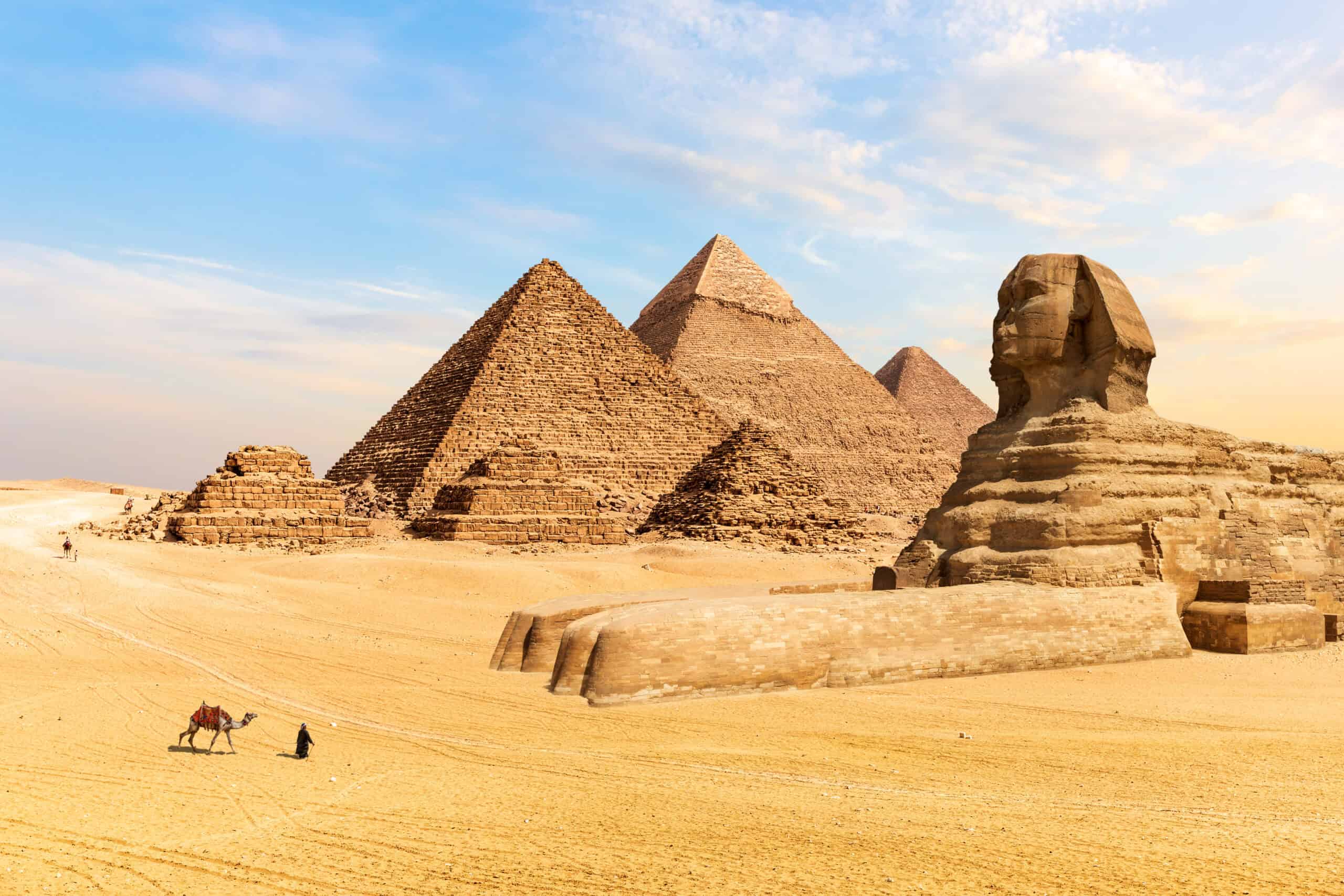
The Pyramids of Giza, towering monuments of ancient Egypt, have stood the test of time for over 4,500 years. These colossal structures, including the Great Pyramid of Khufu, are marvels of engineering and construction. Built as tombs for pharaohs, they reflect the Egyptians’ sophisticated understanding of mathematics and astronomy. Visitors to Giza can also explore the enigmatic Sphinx and the Valley Temple, adding to the site’s allure. The Pyramids continue to intrigue archaeologists and tourists alike with their grandeur and historical significance.
Taj Mahal, India
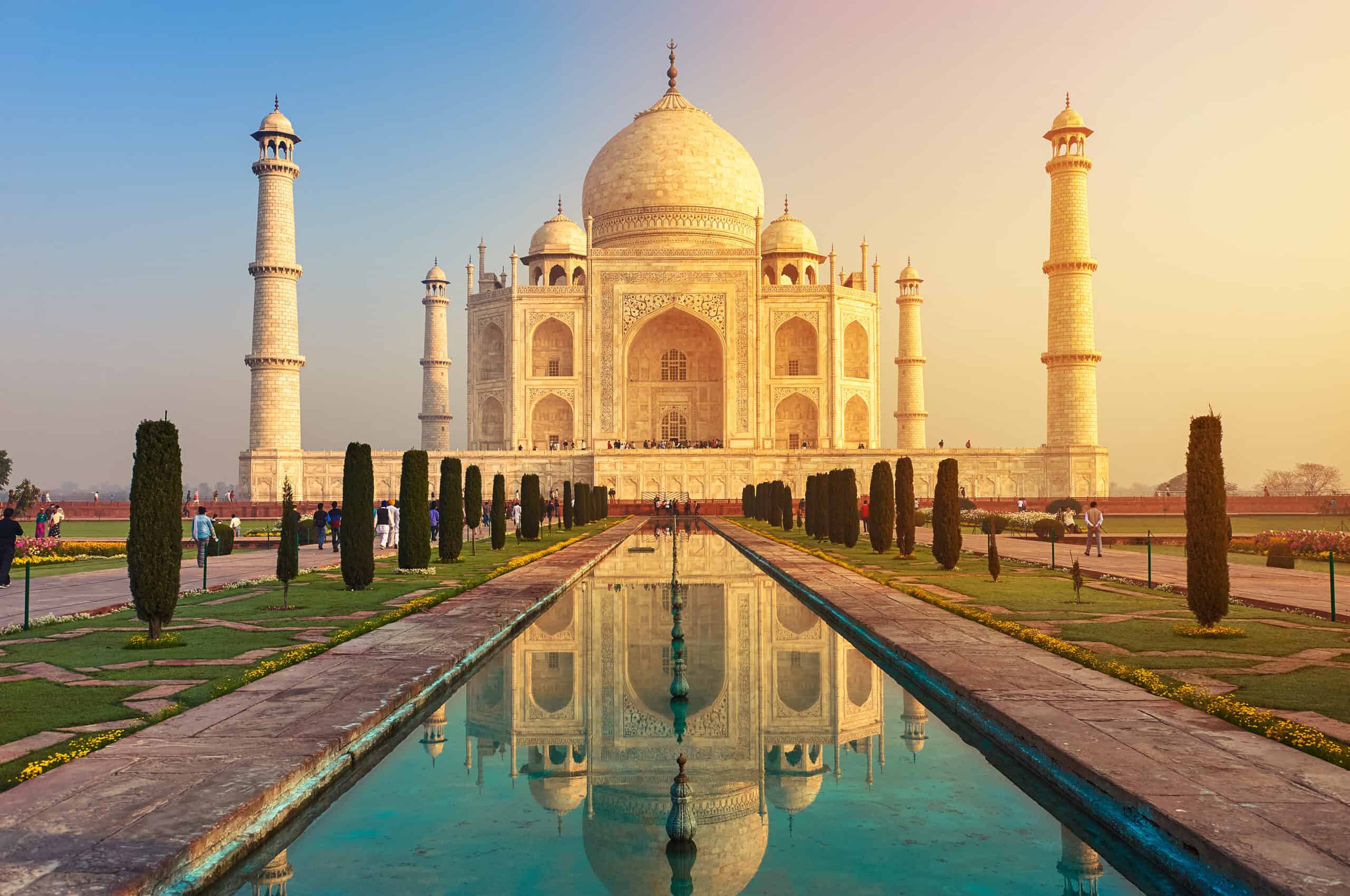
The Taj Mahal, an exquisite white marble mausoleum in Agra, India, is a testament to the enduring power of love. Commissioned by Emperor Shah Jahan in memory of his beloved wife Mumtaz Mahal, it epitomizes Mughal architecture’s grandeur and beauty. The intricate inlay work, symmetrical gardens, and reflective pool enhance the site’s ethereal charm. Recognized as a symbol of India’s rich heritage, the Taj Mahal attracts millions of visitors each year. Its timeless elegance and romantic backstory make it one of the most celebrated landmarks in the world.
Galápagos Islands, Ecuador
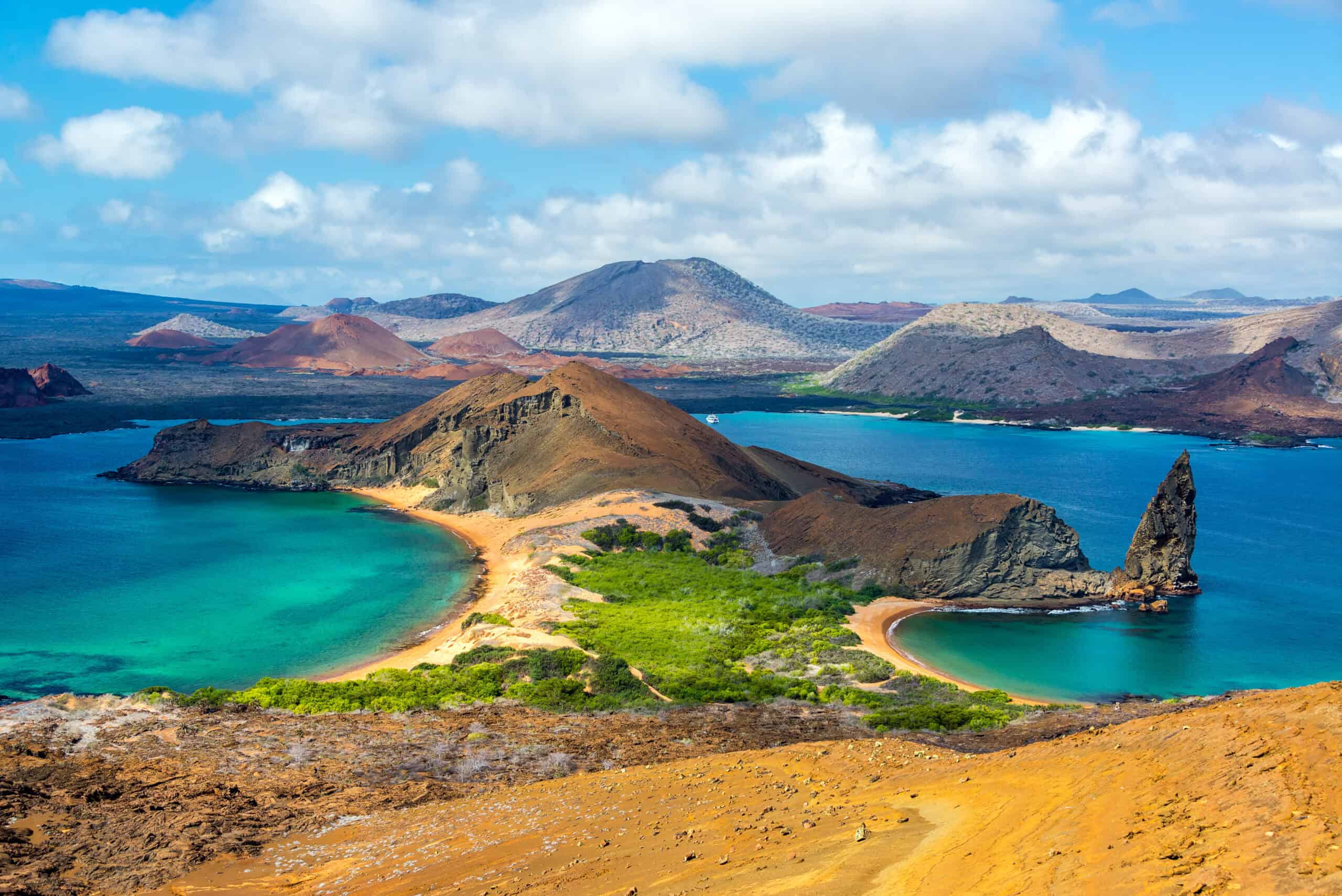
The Galápagos Islands, a remote archipelago in the Pacific Ocean, inspired Charles Darwin’s theory of evolution. Home to unique species such as giant tortoises, marine iguanas, and blue-footed boobies, the islands offer a glimpse into the wonders of natural selection. The diverse ecosystems range from volcanic landscapes to lush highlands, each supporting distinct flora and fauna. Visitors can explore the islands’ pristine beaches, snorkel with sea lions, and hike through lava fields. Conservation efforts are crucial to preserving this ecological treasure for future generations.
Angkor Wat, Cambodia
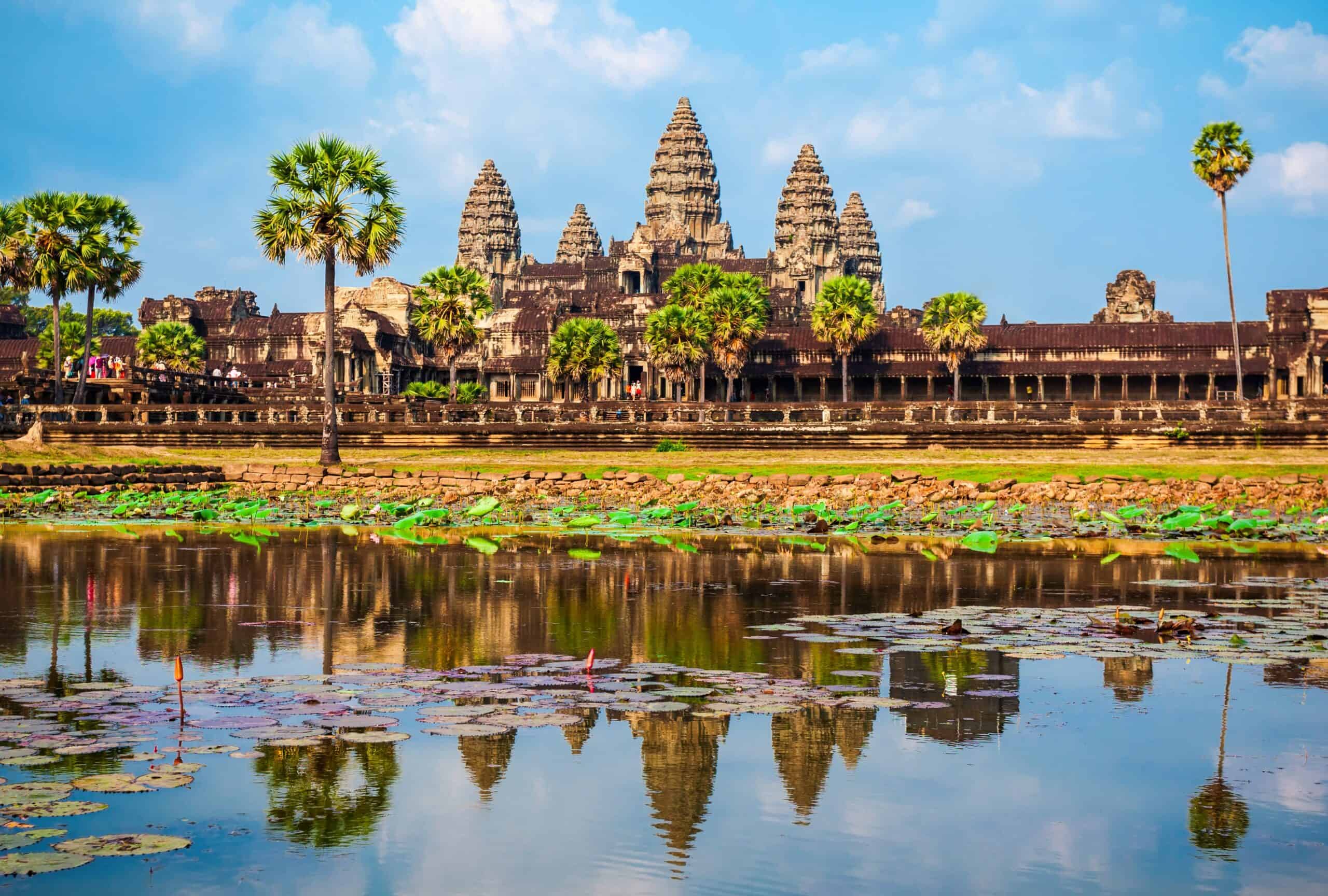
Angkor Wat, the largest religious monument in the world, stands as a symbol of Cambodia’s rich cultural heritage. Originally built as a Hindu temple in the 12th century, it later transformed into a Buddhist site. The temple complex features intricate carvings, towering spires, and expansive courtyards that reflect the grandeur of the Khmer Empire. Surrounded by dense jungle, Angkor Wat evokes a sense of mystery and wonder. Its awe-inspiring architecture and historical significance draw millions of visitors each year.
Yellowstone National Park, USA
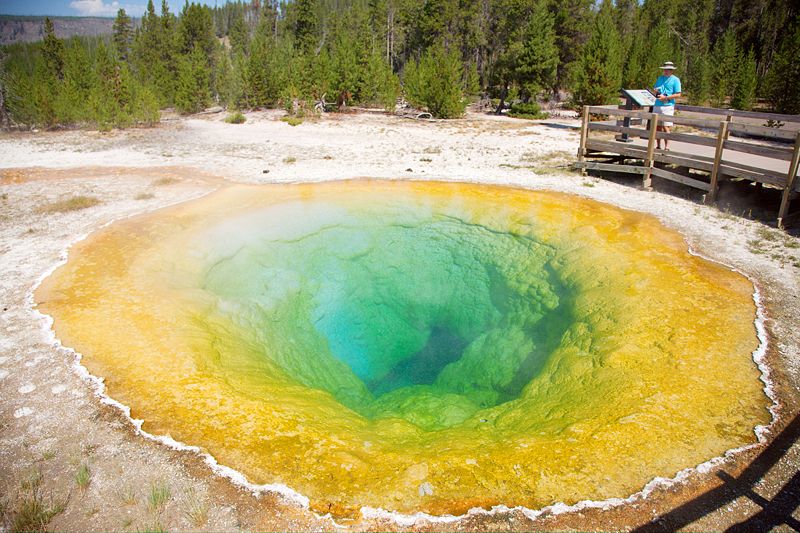
Yellowstone National Park, established in 1872, is America’s first national park and a UNESCO World Heritage Site. Known for its geothermal features, including the famous Old Faithful geyser, Yellowstone boasts a unique and dynamic landscape. The park is home to diverse wildlife such as bison, elk, and grizzly bears, thriving in its vast wilderness. Visitors can explore its dramatic canyons, serene lakes, and lush forests. The geothermal wonders and natural beauty make Yellowstone a must-visit destination for nature enthusiasts.
Venice and its Lagoon, Italy
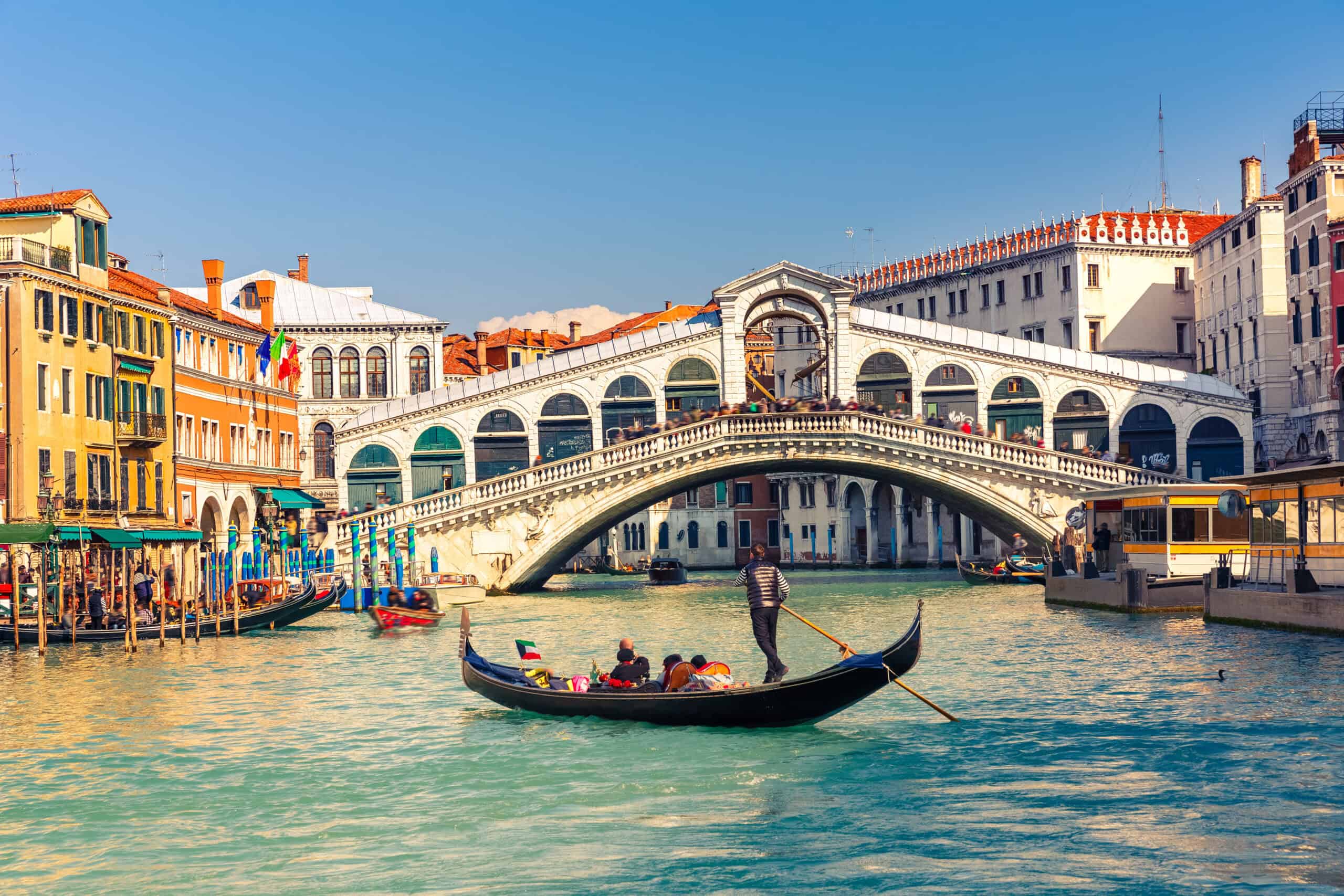
Venice, a city built on water, is renowned for its intricate canal system, historic architecture, and rich cultural heritage. The city’s unique layout and iconic landmarks, such as St. Mark’s Basilica and the Doge’s Palace, make it a UNESCO World Heritage Site. Venice’s lagoon, a delicate ecosystem, supports a variety of wildlife and marine life. Gondola rides through the canals offer a romantic and picturesque way to experience the city’s charm. Despite facing challenges like rising sea levels, Venice remains a timeless and enchanting destination.
Petra, Jordan

Petra, an ancient city carved into rose-red cliffs, is a testament to the ingenuity of the Nabateans. This archaeological wonder, often referred to as the “Rose City,” features impressive structures like the Treasury, Monastery, and Royal Tombs. Petra’s strategic location along ancient trade routes contributed to its prosperity and cultural significance. The intricate rock-cut architecture and dramatic landscapes create a breathtaking experience for visitors. Exploring Petra’s hidden passageways and towering facades feels like stepping back in time.
Giant’s Causeway, Northern Ireland
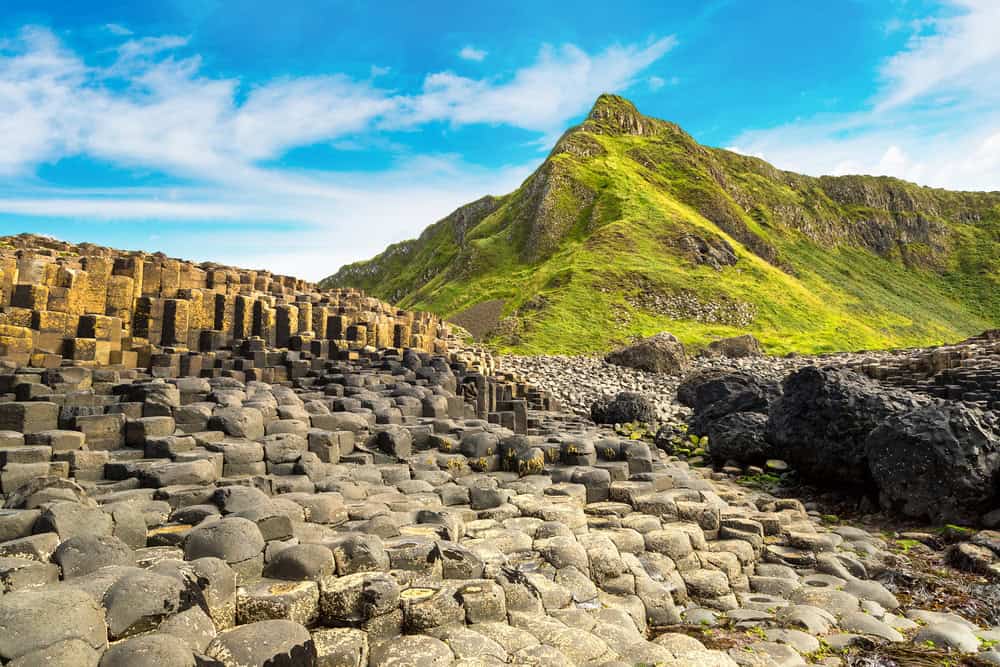
The Giant’s Causeway, a natural wonder on the coast of Northern Ireland, consists of approximately 40,000 interlocking basalt columns. Formed by volcanic activity around 60 million years ago, these hexagonal pillars create a striking and otherworldly landscape. Legend has it that the causeway was built by the giant Finn McCool, adding a mythical element to its allure. The site offers stunning coastal views, rugged cliffs, and a glimpse into geological history. The Giant’s Causeway is a captivating destination for both nature lovers and myth enthusiasts.
Kyoto, Japan

Kyoto, a city steeped in tradition and culture, is home to numerous UNESCO World Heritage Sites. Ancient temples, serene gardens, and historic wooden houses reflect Japan’s rich heritage. The iconic Fushimi Inari Shrine, with its thousands of red torii gates, and the tranquil Kinkaku-ji, or Golden Pavilion, are must-see attractions. Kyoto’s blend of natural beauty and historical significance creates a harmonious atmosphere. Visitors can experience traditional tea ceremonies, stroll through bamboo groves, and witness the changing seasons in this enchanting city.
Great Wall of China, China

The Great Wall of China, an ancient fortification stretching over 13,000 miles, is a marvel of human engineering and endurance. Built over several dynasties to protect against invasions, the wall showcases impressive construction techniques and strategic design. Visitors can explore various sections, each offering unique landscapes and historical insights. The wall winds through mountains, deserts, and plains, providing stunning panoramic views. Its historical significance and sheer scale make the Great Wall a symbol of China’s rich past.
Acropolis of Athens, Greece

The Acropolis of Athens, a symbol of ancient Greek civilization, stands proudly on a rocky hill overlooking the city. This UNESCO World Heritage Site includes iconic structures such as the Parthenon, Erechtheion, and Temple of Athena Nike. The Acropolis represents the artistic and architectural achievements of the 5th century BC. Visitors can marvel at the intricate sculptures and Doric columns that have endured for millennia. The site offers a profound connection to the history and mythology of ancient Greece.
Iguazu National Park, Argentina/Brazil
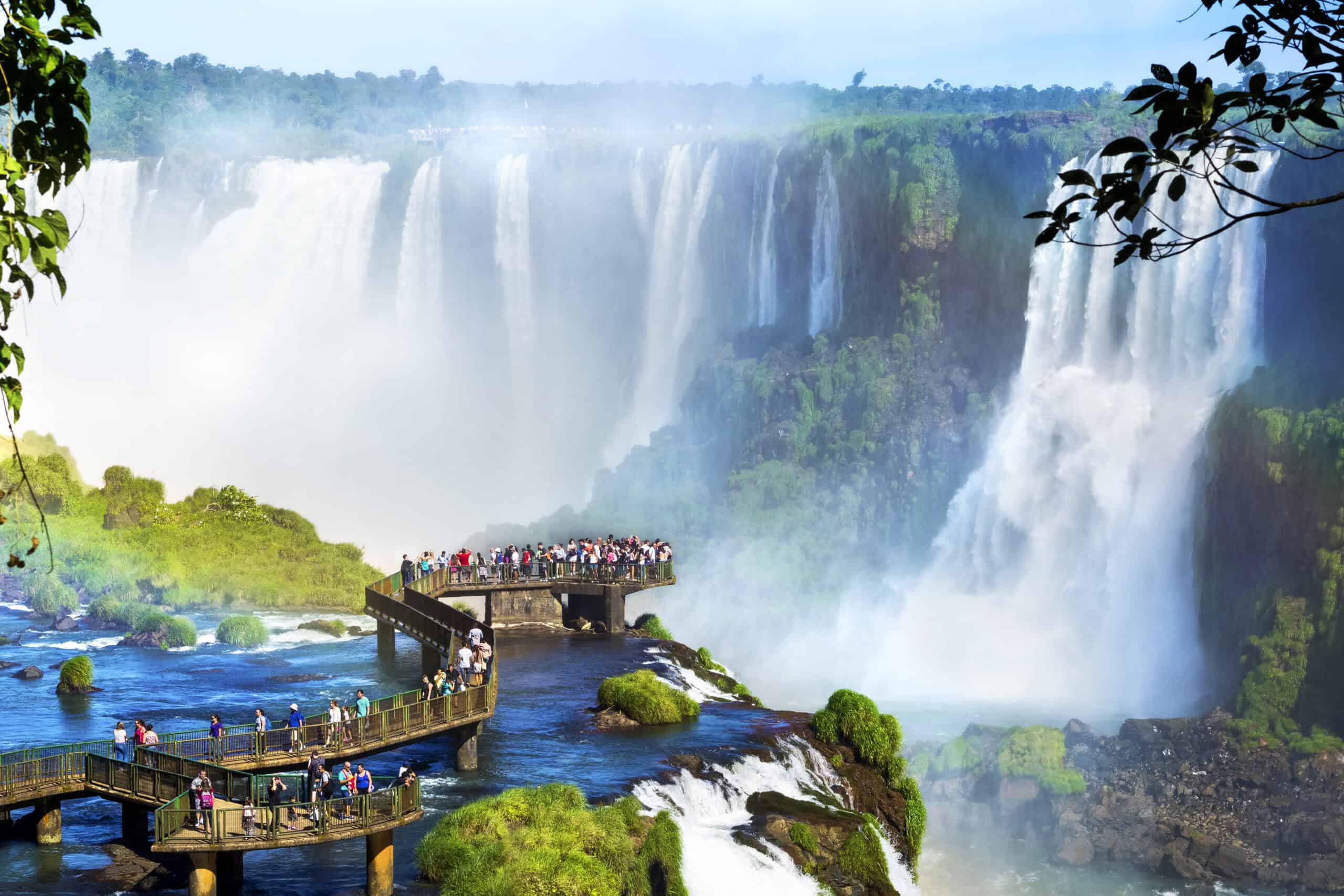
Iguazu National Park, straddling the border of Argentina and Brazil, is home to one of the world’s most spectacular waterfalls. Iguazu Falls, with its massive cascades and lush surroundings, creates a breathtaking natural wonder. The park’s diverse ecosystems support a variety of wildlife, including jaguars, toucans, and butterflies. Visitors can explore numerous walking trails, take boat rides to the base of the falls, and experience the thunderous roar of the water. The sheer power and beauty of Iguazu Falls leave a lasting impression on all who visit.
Historic Centre of Rome, Italy
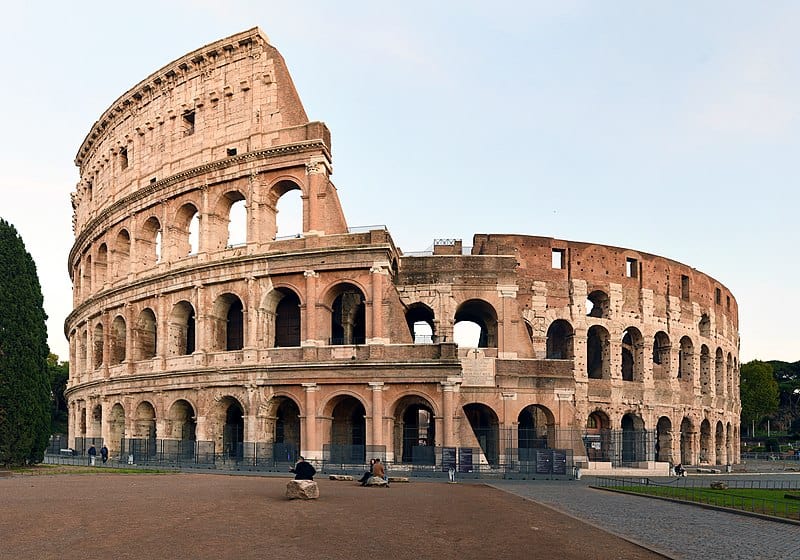
The Historic Centre of Rome, a treasure trove of ancient monuments and Renaissance masterpieces, is a UNESCO World Heritage Site. Landmarks such as the Colosseum, Roman Forum, and Pantheon offer a glimpse into the city’s illustrious past. Rome’s vibrant streets, adorned with fountains and piazzas, reflect centuries of artistic and architectural evolution. Visitors can explore the Vatican City, home to St. Peter’s Basilica and the Sistine Chapel, within the historic center. The blend of ancient history and modern life makes Rome an endlessly fascinating destination.
Old Havana, Cuba
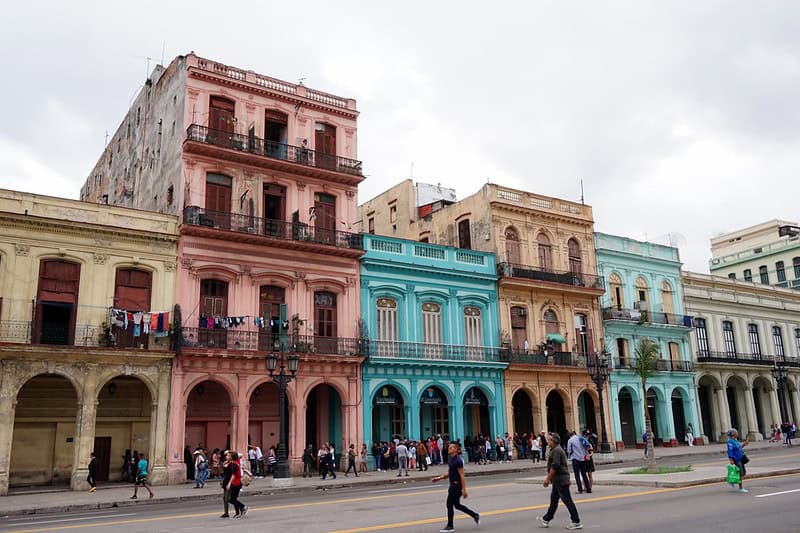
Old Havana, the historic heart of Cuba’s capital city, is a vibrant and colorful UNESCO World Heritage Site. The area is characterized by its well-preserved colonial architecture, cobblestone streets, and lively atmosphere. Iconic landmarks such as the Malecón, Plaza de la Catedral, and Castillo del Morro offer a glimpse into Havana’s rich history. Visitors can enjoy live music, sip mojitos, and explore local markets in this charming neighborhood. The blend of history, culture, and modern life makes Old Havana a captivating destination.
Serengeti National Park, Tanzania

Serengeti National Park, a vast and iconic wildlife reserve in Tanzania, is renowned for its annual wildebeest migration. This UNESCO World Heritage Site offers breathtaking landscapes, including endless plains, acacia woodlands, and rocky outcrops. Visitors can witness the “Big Five” game animals – lions, elephants, leopards, buffalo, and rhinos – in their natural habitats. The park’s diverse ecosystems support a wide range of species, making it a haven for wildlife enthusiasts. The Serengeti’s unparalleled beauty and biodiversity create an unforgettable safari experience.
Mont-Saint-Michel, France
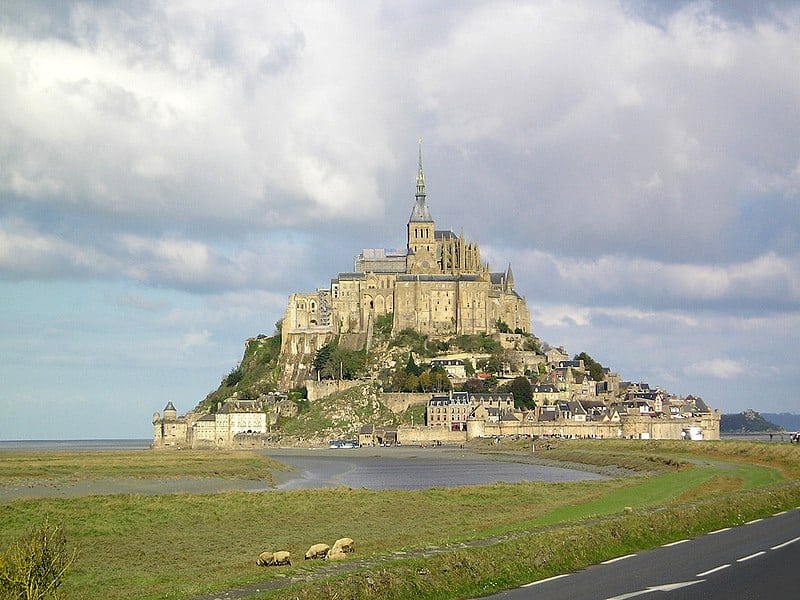
Mont-Saint-Michel, a stunning island commune off the coast of Normandy, France, is crowned by a medieval abbey. This UNESCO World Heritage Site is famous for its dramatic tides, which isolate the island at high tide and reveal a causeway at low tide. The abbey’s Gothic spires, fortified walls, and quaint village streets create a picturesque scene. Visitors can explore the abbey, stroll through narrow alleys, and enjoy panoramic views of the surrounding bay. Mont-Saint-Michel’s unique setting and historical significance make it a must-visit destination.
Redwood National and State Parks, USA
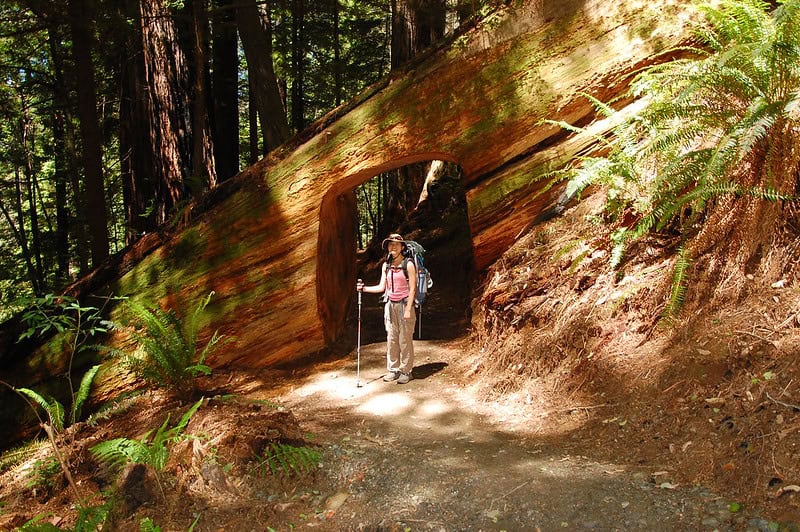
Redwood National and State Parks, located along the northern coast of California, protect some of the tallest trees on Earth. These ancient redwoods, reaching heights of over 350 feet, create a majestic and awe-inspiring forest. The parks offer a variety of recreational activities, including hiking, camping, and wildlife viewing. Visitors can explore scenic trails, drive through picturesque landscapes, and marvel at the towering giants. The redwoods’ grandeur and ecological importance make these parks a cherished natural treasure.
This article originally appeared on Rarest.org.
More From Rarest.Org
Designer clothing brands have become icons of style and luxury. These brands offer more than just apparel; they represent heritage, innovation, and timeless elegance. Read more.
Superhero figures have captured the imagination of fans for decades. Some figures remain elusive and highly sought after by collectors. Read more.
Porsche is synonymous with luxury, performance, and prestige. Over the years, several classic models have become some of the most coveted and expensive cars in history. Read more.



